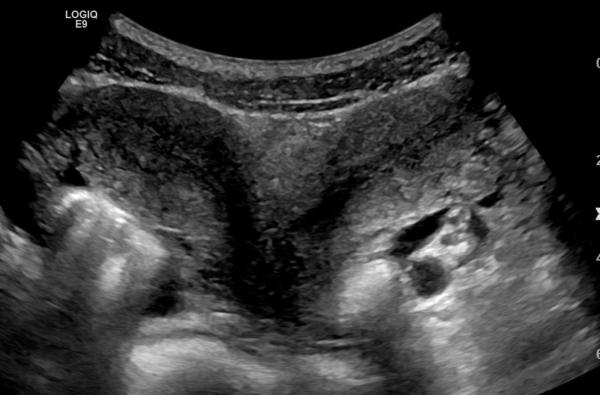A woman from Bangladesh gave birth to twins nearly one month after delivering her first child. While home and twenty-six days after the initial birth, she began to feel lower abdominal pain and went to a different hospital where it was determined she was carrying twins in a second uterus. A C-section was performed successfully and mom and babies are home now and doing well.
How is this possible? is the reverberating refrain in the media and online. But, the reality is it is not as rare as you would imagine - in fact, partially duplicated systems aren’t so uncommon. And, due to the nature of these circumstances in which the mother lived in a remote, rural area and apparently did not receive much prenatal care she did not have an ultrasound performed until discovery of the twins. This reveal would have occurred much sooner in places where access to care and consistent follow-up are more standard.
There are conditions that prompt duplications in the uterine, vaginal and cervical realms. The Müllerian duct reflects the precursor structures that embryologically morph to become the reproductive tract - when there is a deviation from normal development or a failure to fuse properly, anomalies arise. Müllerian duct anomalies (MDAs) can run in families and on one end of the spectrum can produce a double vagina, double uterus with dual cervices, aka Uterine Didelphys. This is the congenital anomaly being reported in this case.
Such atypical pelvic organs can result in several varieties (e.g. double uterus, single vagina or double everything). These are often diagnosed upon first menstruation or when issues with fertility come into play. With the former, one vaginal canal might end in a blind pouch so blood will accumulate with an inability to flow out of the body and great discomfort will arise. Upon investigation and proper medical evaluation, the discovery will be made. The latter reality might also lead to determining such an underlying cause.
Those with MDAs often successfully conceive. However, the anatomy is important to verify for a number of reasons beyond pregnancy and delivery purposes. If there is more than one cervix, for example, then each should be swabbed during routine gynecologic exams to ensure neither demonstrates cell change, infection or cervical cancer. MDAs may also be accompanied by a solitary kidney which is vital to elucidate. When an individual has only one kidney, the goal becomes greater to protect it from harm so avoidance of contact sports and monitoring of function become key to sufficient surveillance.
There are more situations—outside the scope of this article— where duplications in the genitourinary tract take place as well as other redundancies including but not limited to extra digits and limbs or supernumerary nipples and teeth. If this topic intrigues you, then review Ovarian Tumors with Brain Tissue, Teeth or Hair (Not Unheard of) and The Science Behind When Two Fetuses Become One.




